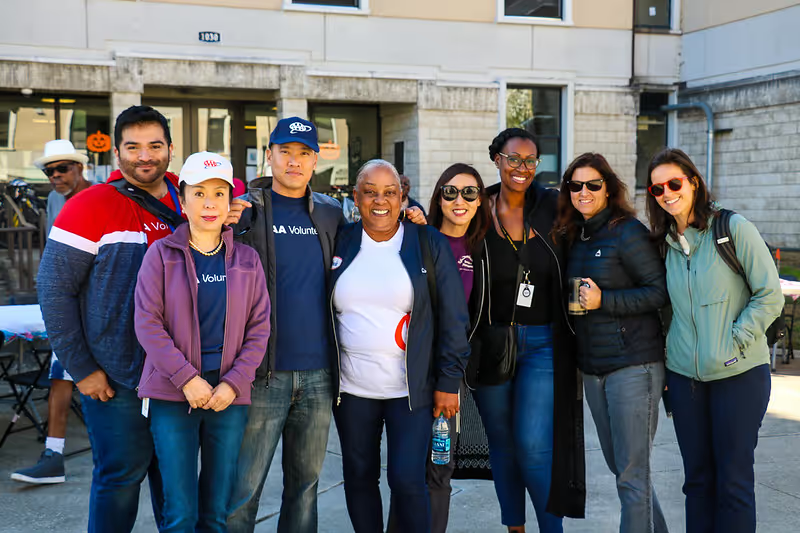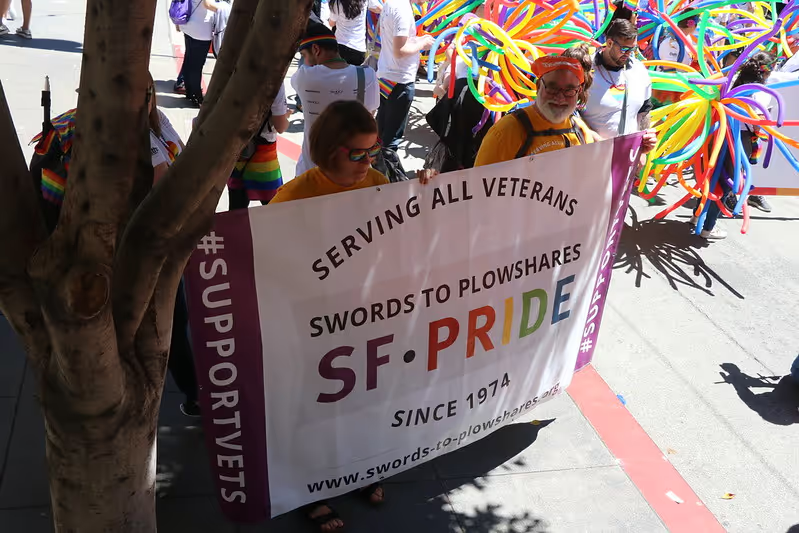A strategic communications plan is key to both operational success and raising awareness of veterans’ issues. Nonprofit staff members play dual roles as service providers and advocates for the veterans they serve, and unfortunately, communications planning can become an afterthought in the midst of their relentless work.
But the public face is just as important as the work you do behind your closed office doors. Veterans and key partners need to have confidence in your work, and their first step to understanding your services is through your communications.
It is critical to understand communications techniques, become familiar with the tools and resources needed to implement your communications strategy, and understand how strategic communications aligns with your organization’s overall goals and objectives.
BEST PRACTICES FOR ORGANIZATIONAL COMMUNICATIONS:
- Coordinate your media outreach and organize your lists with print, digital/social media, audio/radio/podcast, TV/video, and a point of contact for each agency.
- Develop compelling content and have ready-to-go write ups on the agency, thought leaders in your agency, as well as direct service providers and clients (make sure to use media release forms). Draw from a large pool of staff and clients, as you do not want to burden them to constantly re-share their experiences.
- Create a Communications Playbook using data from annual reports and grants to write talking points, your mission statement, and overview of services with key numbers served and outcomes for your staff to use during media interviews.
- Find and share external content on your social channels. Set up Google alerts with search terms that include your organization, executive staff, and local/state veteran news. Follow veteran beat reporters, fellow veteran service organizations (VSOs), local student veteran groups, elected officials, and other community partners on Twitter and other social channels. If you share their content, it helps to further your relationships and increases the likelihood that they will share your content as well.
- Integrate your social media tools. Make sure your website has a social sharing tool so followers can share your content. Monitor your social media with a media management software to figure out what content works and is most popular.
- Get feedback on your communications from veteran clients, staff, donors, and consultants. Send out informal surveys and do a test focus group to see how clients and supporters navigate your site.
- Make sure your communications staff see the day-to-day work and connect with direct service staff. It is through this relationship that you can promote the amazing work you do.
- Ensure your communications plan is strategic, but more importantly, that your communications strategy is aligned with the overall goals and values of the organization. We can get bogged down by reporters searching for the best story of either a straight-cut client success or of a veteran struggling. But in real life, it is not so black and white, is it? It is important that you communicate your mission and values to reporters and set limits on what details of the story they should use.








